4GLD eller Xetra-Gold (EUR) är en börshandlad råvara, en så kallad ETC, som handlas i på Xetra i Tyskland. Ett enda certifikat ger investeraren rätt att kräva leverans av ett gram guld från emissionen. Det fysiska guldet hålls i ett tilldelat valv med dess custodian. Investerarens rätt att få leverans av den certifierade mängden guld minskar inte med förvaltningskostnader eller andra avgifter.
Fondtyp ETC
Object: Precious Metals
Tillgångsklass: Commodity
Kostnadseffektivt och transparent
Xetra-Gold erbjuder investerare en optimal och enkel möjlighet att delta i utvecklingen av guldmarknaden. Dessutom är handel med Xetra-Gold också mycket kostnadseffektiv:
- Till skillnad från andra värdepapper tillkommer varken abonnemangsavgifter eller förvaltningsavgifter.
- Det finns bara transaktionskostnader som vanligtvis medför valutahandel när du köper eller säljer Xetra-Gold.
- En låg spread på i genomsnitt 0,1 procent (max. 1 procent) garanterar låga transaktionskostnader.
- Nominering i euro och gram gör investering i guld mer transparent för europeiska investerare.
Kontinuerlig handel på Xetra
Investerare kan köpa och sälja Xetra-Gold® (ISIN DE000A0S9GB0) på handelsdagar mellan 9.00 och 17.30. genom Xetra® handelsplats. Det betyder likvid, kontinuerlig handel med hög transparens på Frankfurts börs reglerade marknad.
Deutsche Bank är bland de utsedda sponsorerna som ser till att köp- och säljorder inom den nuvarande bud-ask-spread och upp till € 100.000 utförs omedelbart. I alla marknadssituationer kan budfördelningsspreaden för Xetra-Gold nå maximalt 1 procent, vilket är betydligt lägre än för andra guldbaserade finansiella produkter.
Leverans av guld
Om en investerare hävdar sin rätt till leverans av den certifierade volymen guld från emittenten, transporteras guldet till respektive leveranspunkt av Umicore AG & Co. KG, som ansvarar för alla fysiska leveransprocesser. Emittenten kommer också att ha leveransrättigheter av guld från Umicore AG & Co. KG. Investerare kan hitta information om leverans och alternativa betalningsanspråk som är relevanta för investerings- och försäkringsbolag i PDF-dokumentet ”Information om processen för att utöva Xetra-Gold”.
Avgifter och kostnader
De vanliga transaktionskostnaderna debiteras vid handel med värdepapper på börsen. I förhållandet mellan Clearstream Banking AG, förvaringsinstitutet och respektive förvaringsbank för investeraren debiteras depåavgifter per kalendermånad, vilket tills vidare uppgår till 0,025 procent av det månatliga innehavet av Xetra-Gold®, som uppgår till 0,3 procent årligen plus moms. Slutkunden betalar endast det depåavgift som han / hon har kommit överens om med förvaringsbanken. Om en investerare utövar rätten till leverans av den värdepapperiserade mängden guld mot emittenten, kommer investeraren att debiteras kostnaden för formning, förpackning och försäkrad leverans av guldet till respektive leveransställe plus eventuell tillämplig mervärdesskatt . Investerare som kräver återbetalning av Xetra-Gold i euro får som återbetalningsbelopp ett belopp motsvarande det relevanta guldmarknadspriset minus en hanteringsavgift på 0,02 euro per aktie.
Handla 4GLD Xetra-Gold
Xetra-Gold ETC (4GLD) handlas på tyska Xetra/Deutsche Börse. Det betyder att det går att handla denna fond genom de flesta svenska nätmäklarna, till exempel Nordnet, Avanza eller DEGIRO.

 Nyheter3 veckor sedan
Nyheter3 veckor sedan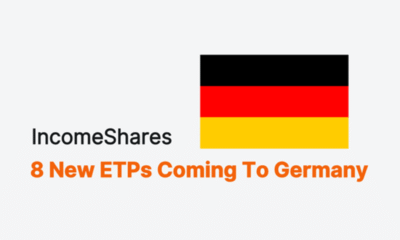
 Nyheter4 veckor sedan
Nyheter4 veckor sedan
 Nyheter4 veckor sedan
Nyheter4 veckor sedan
 Nyheter2 veckor sedan
Nyheter2 veckor sedan
 Nyheter2 veckor sedan
Nyheter2 veckor sedan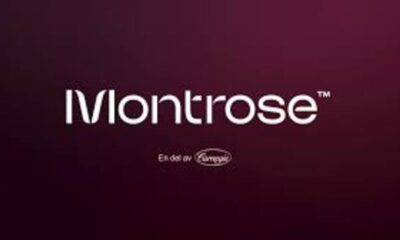
 Nyheter3 veckor sedan
Nyheter3 veckor sedan
 Nyheter2 veckor sedan
Nyheter2 veckor sedan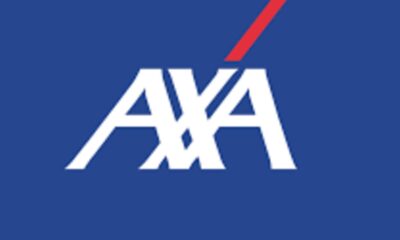
 Nyheter4 veckor sedan
Nyheter4 veckor sedan


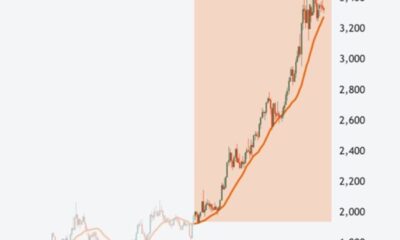





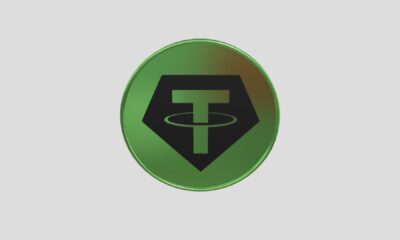





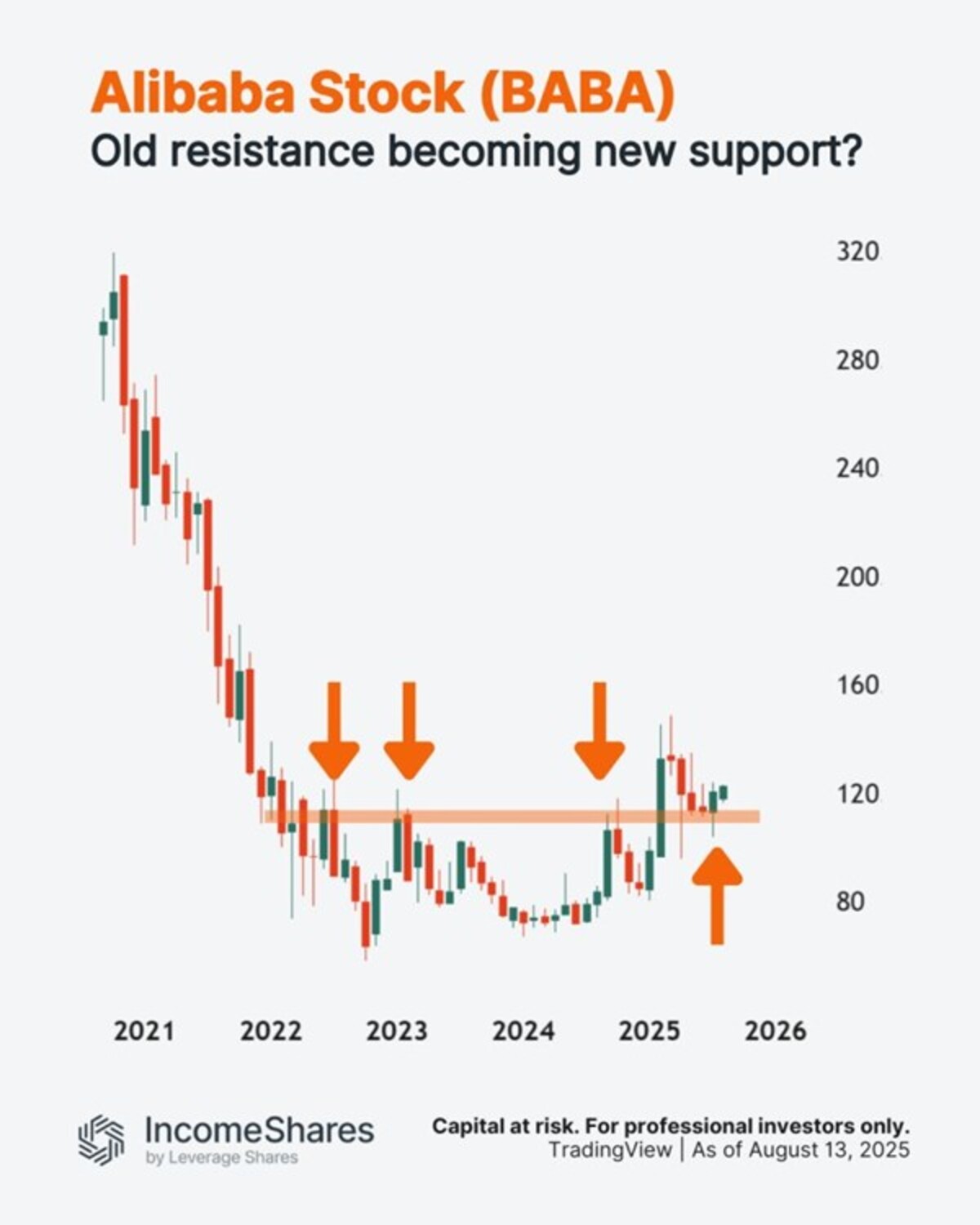
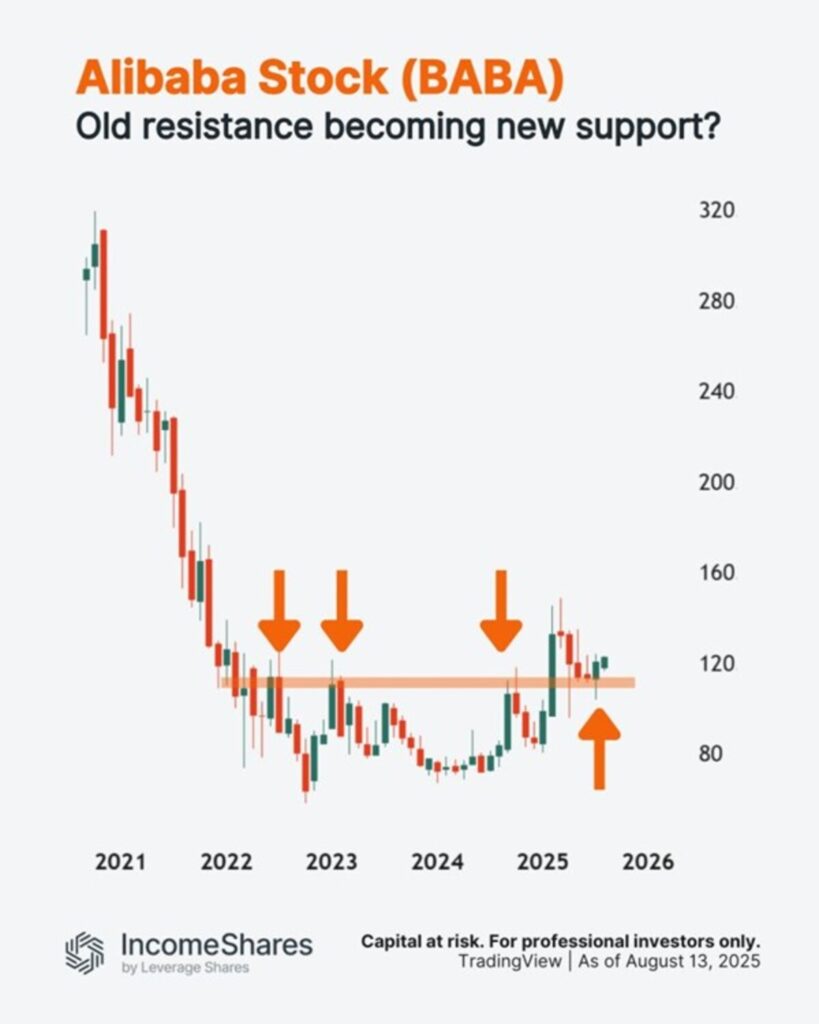






Pingback: De populäraste börshandlade fonderna i november 2023 | Aktiegruvan